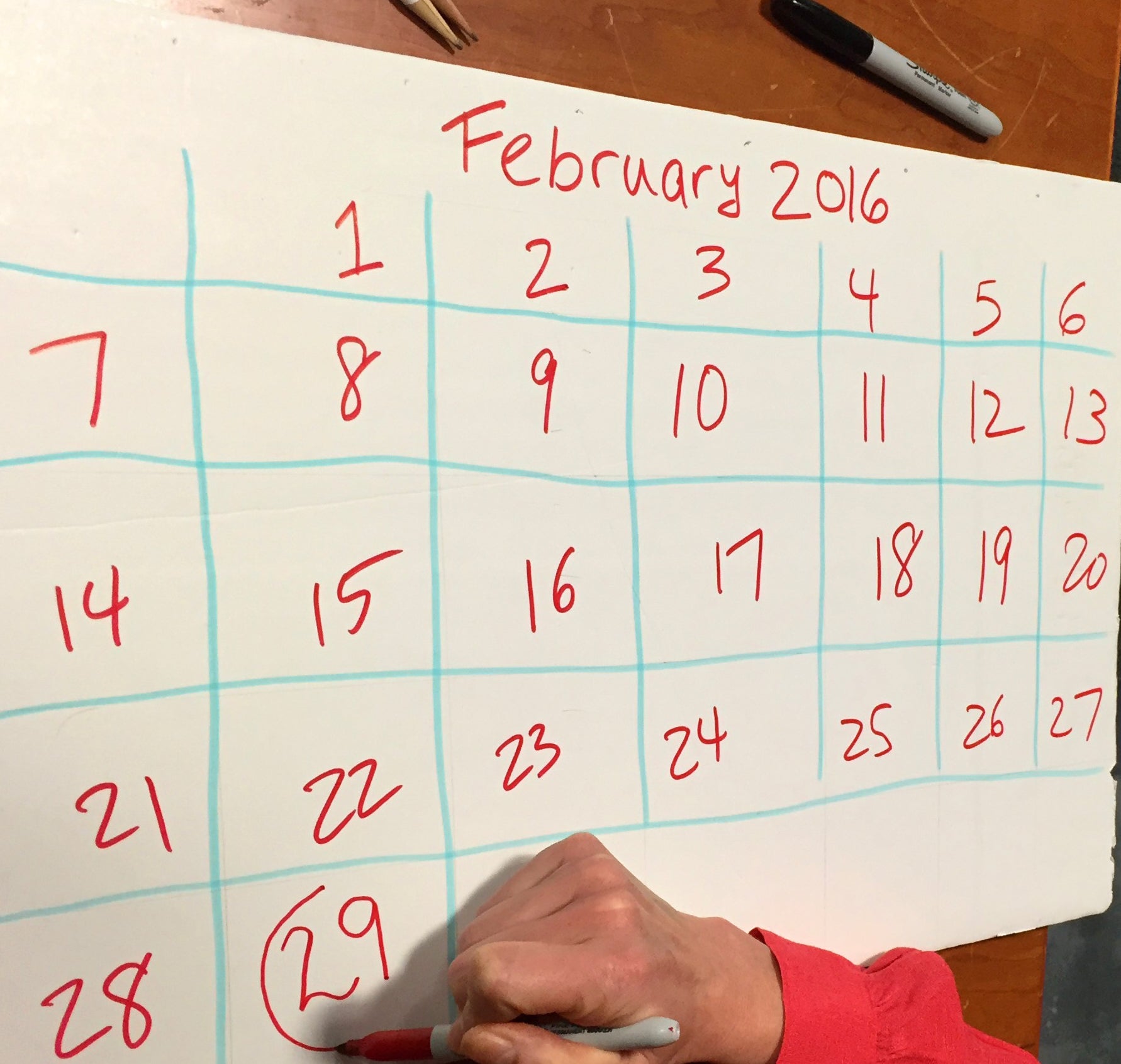Leap Year: Why 29 February only happens every four years
Leap years are used to keep the calendar in sync with the Earth's orbit

Google has celebrated the 29 February by giving the date that only comes around once every four years its own doodle.
The season that 2016 has an extra day is due to planetary orbits.
The Gregorian calendar, the most widely used across the globe, measures a year to be 365 days following the Earth's orbit around the Sun.
However, the earth's orbit takes 365.24 days to complete its solar orbit and an extra day every four years is added to keep calendar seasons synchronised with solar seasons.
February was chosen as the month to have the leap day as it is the only month without 30 or 31 days.
It has long been suggested that February only has 28 days due to the jealousy of Roman Emperors.
According to the theory, the second month of the year had 30 days before the reign of Roman Emperor Augustus.
Augustus supposedly wanted his month, August, to have as many days as July, the 31-day month named after Julius Caesar.
As the theory goes. August was then only 29 days long, he took two off February for the benefit of August.

In reality, there is evidence that the direct predecessor of the Gregorian calendar, the Julian Calendar marked February with 28 days before August became a 31-day month.
If someone is born on February 29 in the UK, their legal date of birth is treated on non-leap-years as March 1.
Join our commenting forum
Join thought-provoking conversations, follow other Independent readers and see their replies
Comments